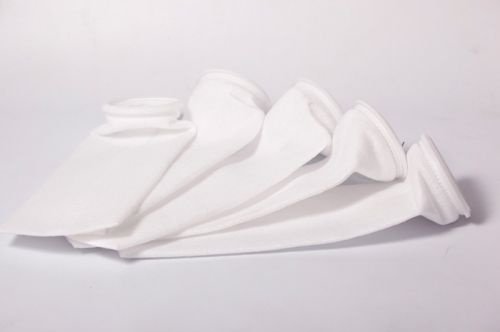Polypropylene filter bags are widely used in various industrial applications due to their excellent chemical resistance, cost-effectiveness, and moderate temperature tolerance. To ensure optimal performance and longevity of polypropylene filter bags, it is essential to follow specific maintenance practices. This article provides detailed maintenance tips, a parameters table, and highlights our global business reach.

| Maintenance Aspect | Recommendation | Frequency |
|---|---|---|
| Regular Inspection | Check for wear, tear, damage | Weekly |
| Cleaning Method | Pulse jet cleaning, mechanical shakers | Daily or as required |
| Pressure Drop Monitoring | Track pressure drop across the system | Regularly |
| Seal Integrity | Inspect and replace worn-out seals | Regularly |
| Environmental Control | Maintain low humidity, proper temperature | Ongoing |
| Proper Installation | Ensure correct fit and orientation | During installation |
Proper maintenance of polypropylene filter bags is crucial for ensuring their optimal performance and extending their service life. By following the maintenance tips outlined above, industries can achieve reliable and efficient dust filtration, maintaining a clean and compliant operational environment.
Understanding the Risk: Dust Explosion Fundamentals Dust explosions represent one of the most serious safety hazards in industrial
Introduction Efficient particulate collection is central to modern industrial air pollution control, making the baghouse a familia
By Omela Filtration — Industrial Filtration Experts 1. Industry Background and the Real Problem In pulse-jet dust collector syst